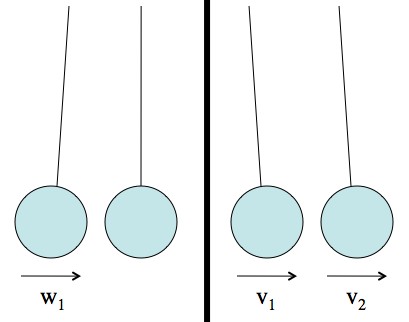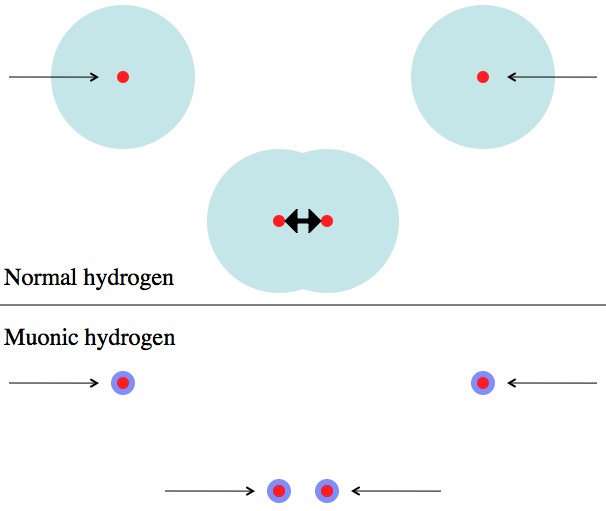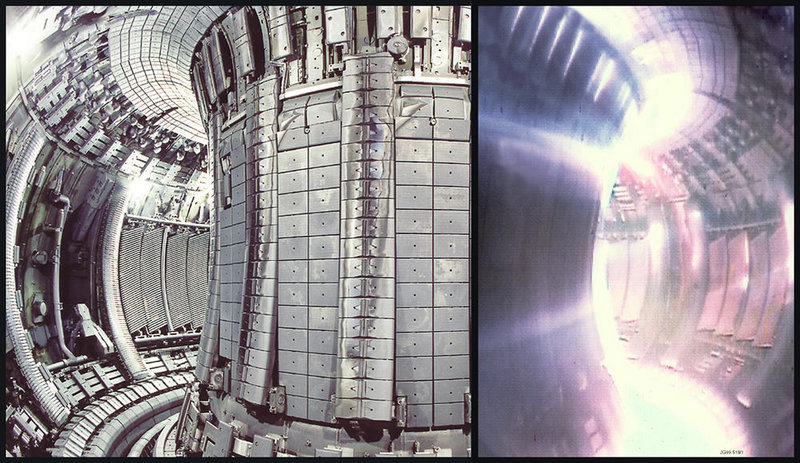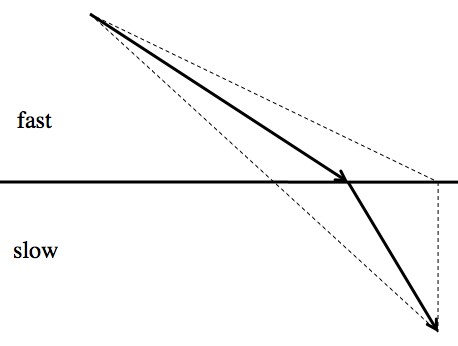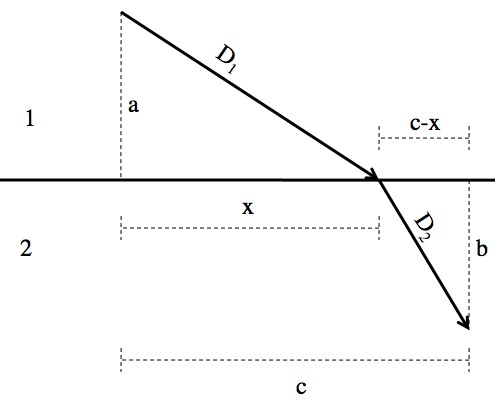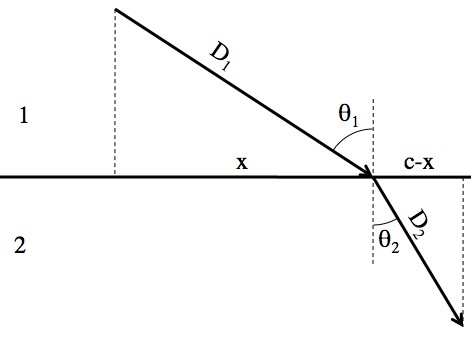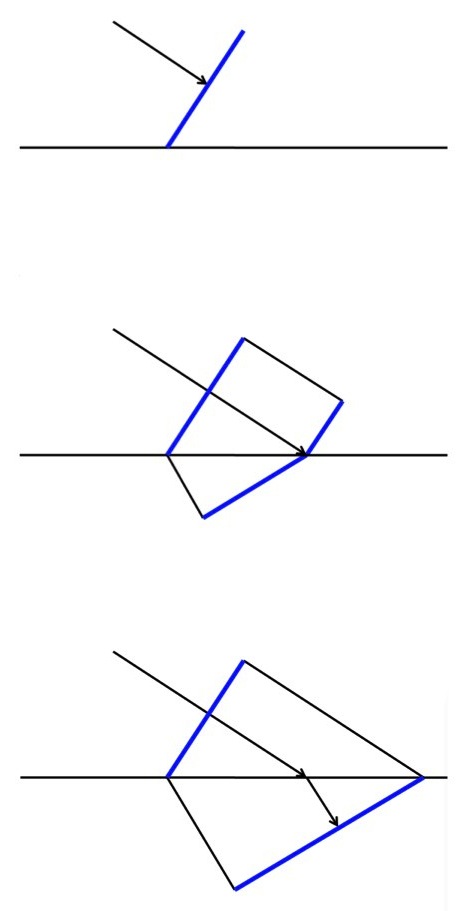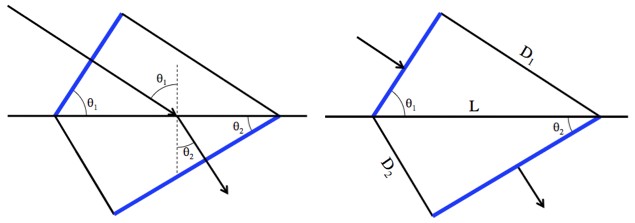The original question was: I was wondering quite how much of physics (mainly regarding classical mechanics but all branches!) can be deduced from previous equations/axioms. I don’t mean going as far back as what axioms we have to take in maths, but I’ve always loved proofs deriving equations from others. And obviously some values need to be experimentally derived, like g=9.81, or the value of a coefficient of friction. But you can still derive equations which feature these without knowing their value. So how was F=ma derived etc?
Physicist: That is really profound! It depends on where you’d be willing to draw the line. In terms of what you might learn in a physics class: most of it. In each physics class (although it doesn’t always seem like it) there are usually only a handful of equations to learn, and many of those can be derived (in later classes).
In that particular example, force is actually defined to be mass times acceleration.
Before Newton the words “force” and “energy” were thrown around, but not defined rigorously. There’s a long tradition of scientists grabbing words that have a vague meaning in everyday language and giving them (forcing upon them) solid mathematical definitions, like: energy, jerk, information, temperature, significant, curl, almost-everywhere, …
But the basic laws like “for every action there’s an equal but opposite reaction”, and the associated equations, are probably a lot like the g=9.81 thing; they need to be experimentally discovered.
For example (when m is mass and v is velocity),
m, mv, and mv2 (matter, momentum, and kinetic energy) are conserved, but mv3 is not conserved, and doesn’t even get a name. There’s no particularly good reason why mv3 isn’t conserved, or why mv2 is.
You can go back and forth, and argue the why’s, but at the end of the day there will always be a list of true but un-derivable laws called “first principles”. These are just the simple, generally agreed upon, but unprovable statements of physics. Like “charge creates an electric field” or “mass creates gravity” or “momentum is conserved”.
You can find a few unprovable-but-true statements by saying almost anything, and then asking “why?” over and over until you start to loop.
So, technically everything is either an axiom or is derived from one. Most of the big advancements in physics come from discovering the new, and absolutely not derivable, axioms of the universe. Like “the speed of light is constant, no matter what” or “there’s a limit to how well momentum and position can be simultaneously measured”. Nobody saw those coming.
What’s terrible is that it’s (often) impossible to tell which laws and universal constants are fundamental, and which are derived from other fundamental things. For example, near the end of the 19th century Maxwell (of Maxwell equations fame) derived the speed of light, c, from and
, the electric and magnetic permittivity of space (which describe how strong the electric and magnetic forces are). So you’d expect that one, or both, of
and
must be fundamental, and c must be derived.
However! In the 20th century Einstein rewrote electromagnetism in terms of relativity (in fact, this was the topic of the original relativity paper). Using relativity and Coulomb’s law (which describes the relationship between distance, charge, and electric force) you can derive anything you’d want to know about magnetism, including . So clearly c and
are fundamental, while
is derived.
Point is: it’s hard to say what’s derived and what’s not, but what we can say is that there are a bunch of laws that just kinda “are”, and can’t be explained by more fundamental laws. At last count there are a couple dozen fundamental constants (like the ones in the example above) that can’t be explained in terms of each other, or any laws. Although most physicists would probably agree that there are plenty, I’ve never heard of anyone actually attempting to count the number of fundamental laws that are out there.
Trying to count the fundamental laws seems like a good way to goad physicists into a fist fight.


